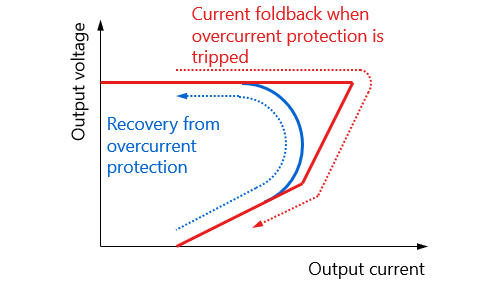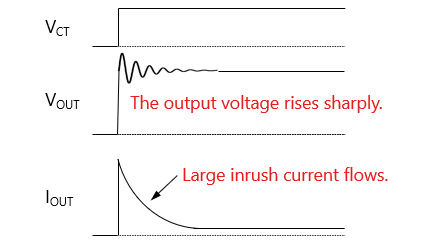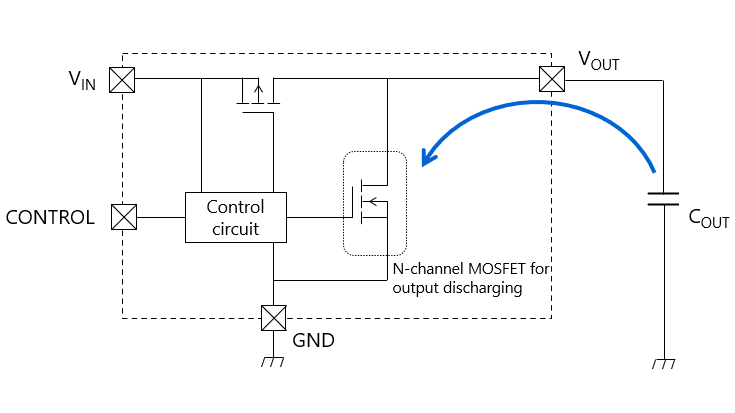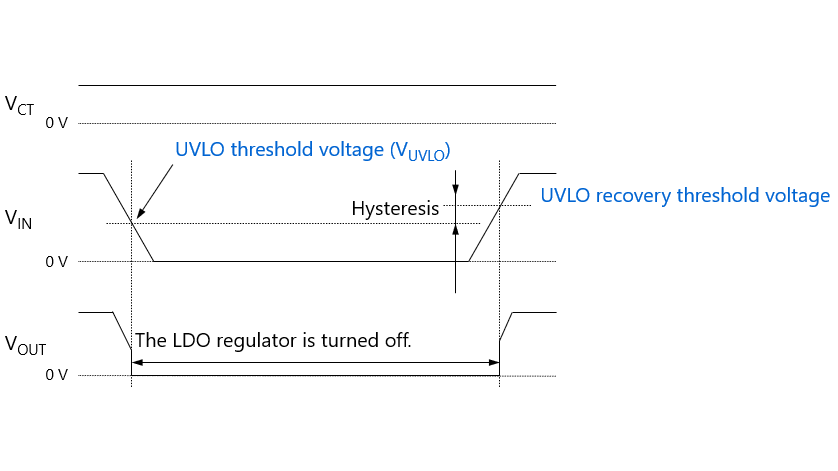- 型号 & 关键词搜索
- 交叉搜索
- 参数搜索
- 库存查询与购买
This webpage doesn't work with Internet Explorer. Please use the latest version of Google Chrome, Microsoft Edge, Mozilla Firefox or Safari.
请输入3个以上字符 Search for multiple part numbers fromhere.
The information presented in this cross reference is based on TOSHIBA's selection criteria and should be treated as a suggestion only. Please carefully review the latest versions of all relevant information on the TOSHIBA products, including without limitation data sheets and validate all operating parameters of the TOSHIBA products to ensure that the suggested TOSHIBA products are truly compatible with your design and application.Please note that this cross reference is based on TOSHIBA's estimate of compatibility with other manufacturers' products, based on other manufacturers' published data, at the time the data was collected.TOSHIBA is not responsible for any incorrect or incomplete information. Information is subject to change at any time without notice.
请输入3个以上字符
2-3.LDO稳压器热关断(TSD)操作
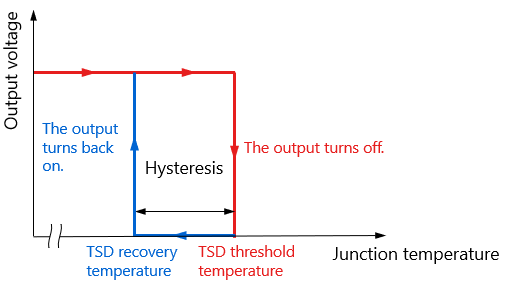
如果环境温度过高导致功耗过大或结温超过阈值,热关断(TSD)功能将关闭LDO稳压器,以保护其自身及使用稳压器的系统。
LDO稳压器具有热关断温度和恢复温度。热关断温度指结温升高,触发TSD关闭LDO稳压器的温度。LDO稳压器关闭后,不消耗任何功率;因此结温开始下降。当结温达到恢复温度时,LDO稳压器自动重新导通,为后面的IC和电路提供稳定电压。恢复温度指TSD强制关闭后,LDO稳压器重新导通的温度。LDO稳压器数据表中,关断温度与恢复温度之差称为热关断滞后。
一旦热关断被触发,必须消除原因才能将CONTROL引脚置于低电平。如果CONTROL引脚保持高电平,结温会再次升高。这会导致LDO稳压器进入以下环路:LDO稳压器关断→结温降低→LDO稳压器导通→结温升高。LDO稳压器不应长时间处于过高温度,因为这样会影响系统稳定性或降低LDO稳压器的可靠性。一定为要为系统提供热关断情况下的故障保护机制。
第Ⅱ章:LDO的便捷功能
相关信息
- 产品
低压差稳压器(LDO稳压器) - 应用说明
应用说明 - FAQ
LDO稳压器 - 参数搜索
LDO稳压器 - 库存查询与购买
库存查询与购买



